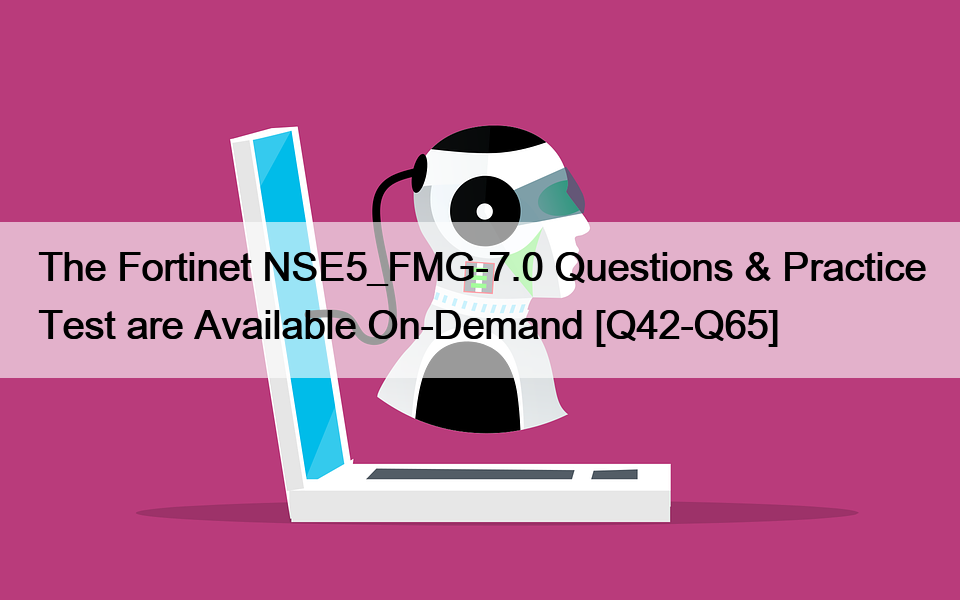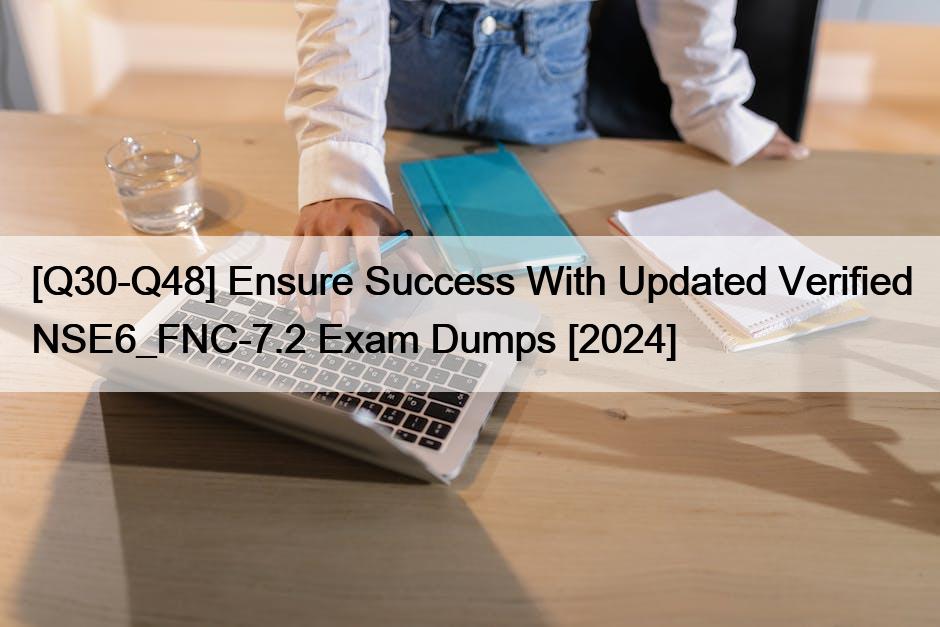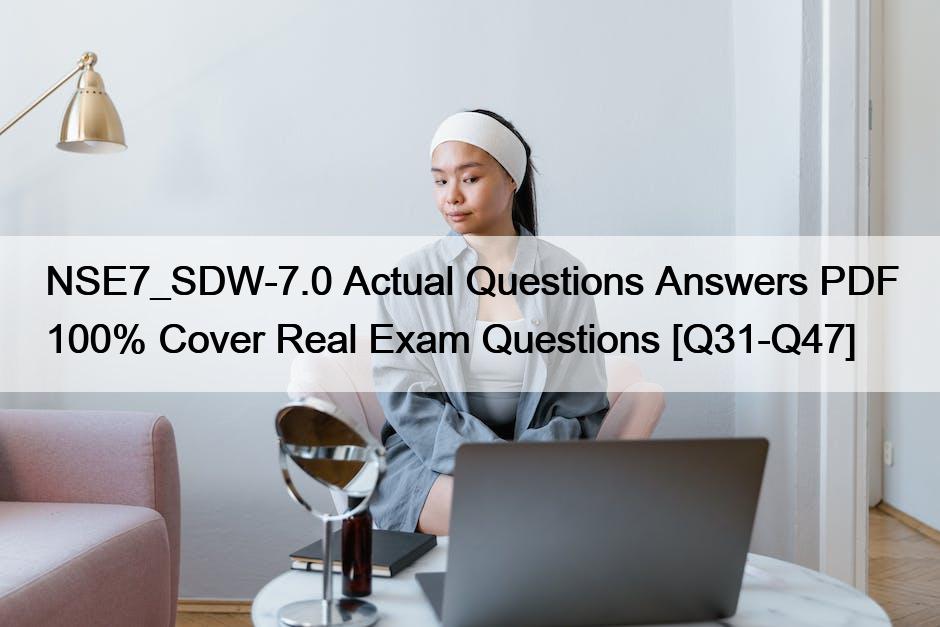[Jul 23, 2022] NSE7_PBC-6.4 Exam Brain Dumps – Study Notes and Theory
Pass Fortinet NSE7_PBC-6.4 Test Practice Test Questions Exam Dumps
Verified NSE7_PBC-6.4 dumps Q&As – NSE7_PBC-6.4 dumps with Correct Answers: https://www.real4dumps.com/NSE7_PBC-6.4_examcollection.html



